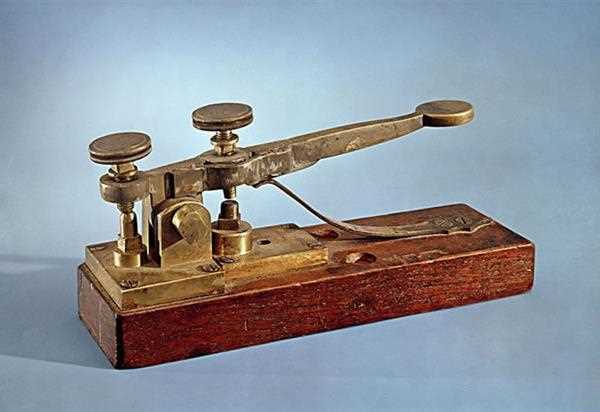The telegraph, an invention that revolutionized communication, was invented in 1837 by Samuel F.B. Morse and Alfred Vail. The two inventors developed an electrical telegraph system, which used electric signals to transmit coded messages from one place to another. In 1844, the world of communication was revolutionized with the invention of the telegraph.
At the time, long-distance communication was limited to mail and the Pony Express, both of which took days or sometimes weeks to deliver messages. Morse and his colleagues recognized the need for a faster communication, and in 1837 they patented the Electric Telegraph. This invention used a series of wires and an electric current to send messages over long distances.
Morse's first public demonstration of the telegraph was in 1844. He sent a message from Washington, DC to Baltimore, MD that read, 'What hath God wrought?' The phrase was taken from the Bible, and it was chosen to highlight the power of the telegraph.
The invention of the telegraph quickly spread around the world. In Europe, the first commercial telegraph lines were set up in 1845. The telegraph quickly became a major tool for businesses and governments, and the technology was continuously refined over the next few decades.

The telegraph works by transmitting a series of electrical signals over a wire. These signals represent different letters of the alphabet, numbers, and symbols. By tapping the wire with a key, a message could be sent from one telegraph station to another. The receiving station could then decode the message by interpreting the electrical signals.
At the time, the telegraph was a revolutionary invention. It enabled people to communicate over long distances in a much shorter time than before. Messages that used to take weeks to travel by horse and carriage could now be sent in just a matter of minutes. This was a huge advantage for businesses, as it allowed companies to quickly and efficiently send orders and information between their offices.
The telegraph was also a major factor in the development of news media. Newspapers were able to quickly and accurately report news from around the world, which had a massive influence on the way people perceived and consumed information.
Today, the telegraph may seem like an outdated technology, but its legacy still lives on. It paved the way for other forms of communication such as the telephone, the fax machine, and the internet. Without the telegraph, the modern world would look very different.